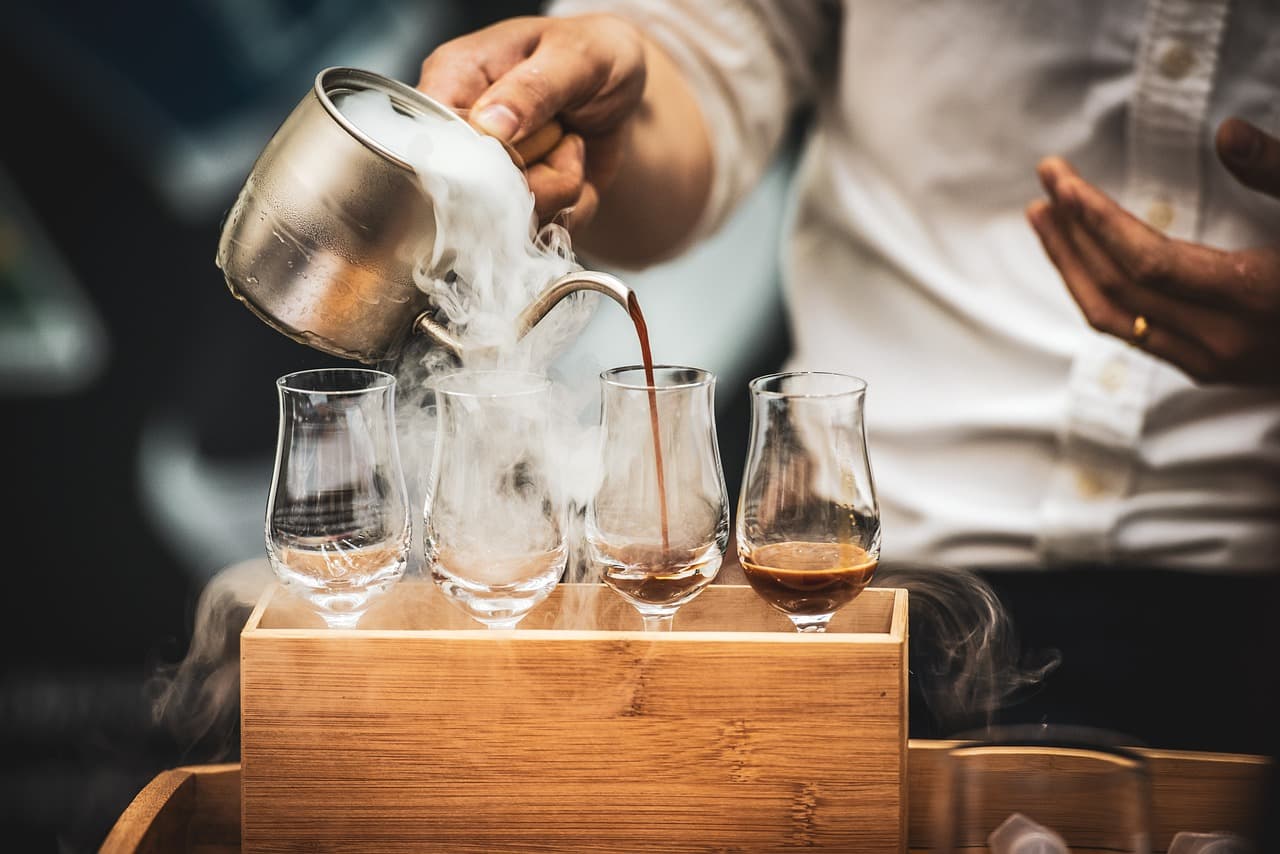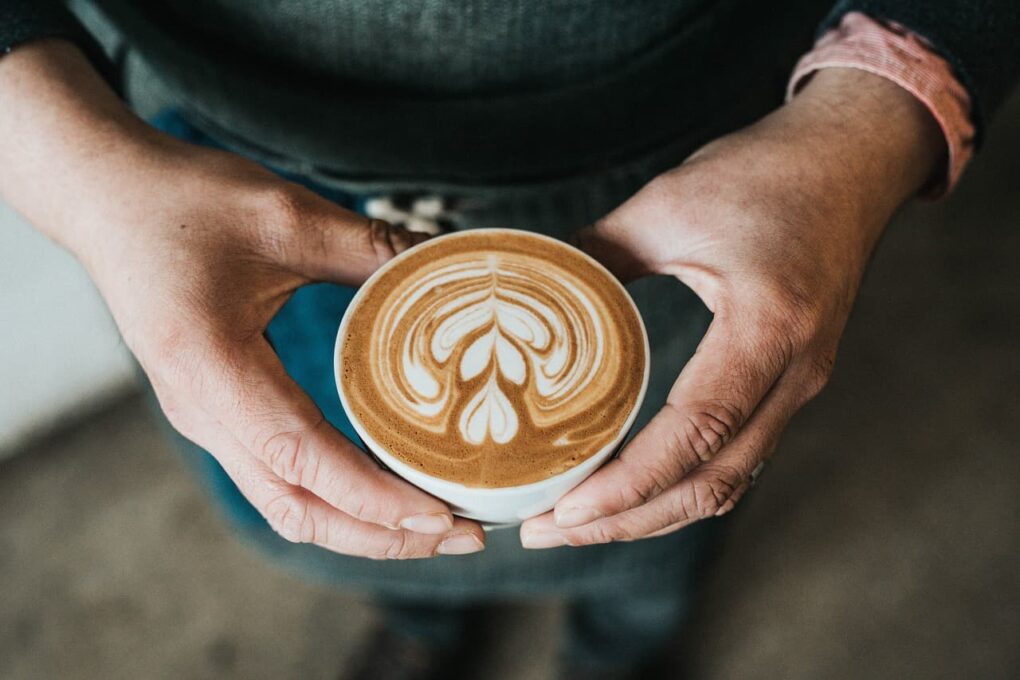Expert Tips to Perfect Your Coffee-Making Skills

Coffee has evolved beyond being a mere morning ritual. For many, it’s an art form – a blend of passion, skill, and precision. Achieving the perfect cup is a journey that requires more than just a high-end coffee maker or premium beans. Let’s dive into the secrets shared by professional baristas to elevate your coffee game, whether you’re brewing at home or aspiring to a career behind the counter.
Understanding the Fundamentals of Coffee Beans
The key to brewing a great cup of coffee lies in choosing the right beans. Baristas often emphasize understanding the origin, roast level, and flavor profile of the beans. Different regions produce beans with unique flavors – African beans tend to have fruity and floral notes, while South American beans often offer a nuttier profile. Knowing your preferences helps in choosing the right beans for your taste.
For those who are new to the world of specialty coffee, exploring single-origin beans can be a great starting point. These beans come from a specific region, farm, or even a particular lot, providing a more distinct flavor profile compared to blends. Experimenting with various origins will not only broaden your palate but also help you appreciate the diversity in coffee flavors.
Mastering Brewing Techniques for a Perfect Cup
Brewing technique is crucial in extracting the best flavors from your beans. Common methods like pour-over, French press, and espresso each offer distinct flavor profiles. Adjusting variables such as water temperature, grind size, and brewing time can greatly influence the taste. Baristas recommend experimenting with these factors to find your ideal brew.
- Water Quality and Temperature: Water makes up about 98% of a cup of coffee, so its quality can make a huge difference. Baristas suggest using filtered water to avoid impurities that can alter the taste. The ideal brewing temperature is between 90-96°C (195-205°F), which allows for optimal extraction without burning the beans.
- Grind Size Matters: The grind size of your coffee beans plays a significant role in the extraction process. Finer grinds are suitable for methods like espresso, where the water passes through quickly, while coarse grinds are better for French press or cold brew. Experimenting with grind size can help you find the sweet spot for your preferred brewing method.
For coffee enthusiasts, balancing the art and science of coffee can be as thrilling as enjoying a Play fortune for fun experience, where precision and timing are key to a rewarding outcome. Just like in coffee-making, mastering the details is what makes the difference.
Perfecting Milk Frothing and Latte Art

One of the most enjoyable parts of crafting coffee is creating smooth and silky microfoam for lattes and cappuccinos. Baristas often suggest using fresh, cold milk and a steam wand to achieve the right texture. The key is to introduce air into the milk gradually, then immerse the steam wand deeper to heat the milk evenly. With practice, you can create beautiful latte art to enhance the visual appeal of your drinks.
To master latte art, practice is essential. Start with simple designs like a heart or a tulip before attempting more intricate patterns like a rosette. It’s all about controlling the pour and the way you move the pitcher. Consistency in the texture of the milk and maintaining the right temperature are crucial for a smooth pour that holds its shape.
Experimenting with Flavors and Syrups
To add a personal touch to your coffee, baristas recommend exploring different flavor combinations using syrups, spices, and even alternative milk options. Cinnamon, nutmeg, or vanilla can add a cozy twist to your brew, while syrups like hazelnut or caramel can create a sweeter profile. Don’t hesitate to experiment and find your signature blend.
- Alternative Milk Options: With the rise in plant-based diets, experimenting with milk alternatives like oat, almond, or soy can offer new flavor dimensions. Each type of milk has its own texture and sweetness level, impacting how it pairs with different coffee roasts. Some baristas even create custom blends of plant-based milks for a unique flavor experience.
- Pairing Coffee with Food: Just like wine, coffee can be paired with different foods to enhance the flavors. For example, a fruity Ethiopian coffee pairs beautifully with a berry dessert, while a rich, chocolatey Brazilian coffee complements a pastry with dark chocolate. Baristas encourage experimenting with these pairings to discover new taste combinations.
In the world of coffee, creativity knows no bounds – much like discovering new ways to enjoy a Big Bamboo slot game, where each spin reveals a new surprise. Just as you explore different coffee flavors, trying new gaming experiences can bring a unique sense of satisfaction.
Conclusion: From Amateur to Barista-Level
Mastering the art of coffee is about patience, practice, and a willingness to experiment. By focusing on the quality of your beans, refining your brewing technique, and adding a personal touch to each cup, you can bring the café experience right into your home. Whether you’re starting with a simple drip coffee maker or advancing to pour-over and espresso machines, these barista tips will help you make every cup a memorable one.
With these insights from professional baristas, you’ll be well on your way to crafting exceptional coffee, whether you enjoy it as part of your morning routine or during a leisurely weekend. Happy brewing, and may every cup bring you joy and warmth!